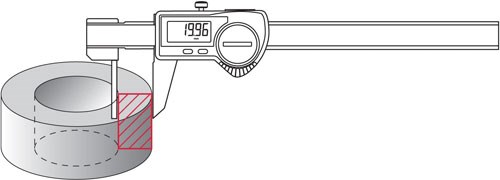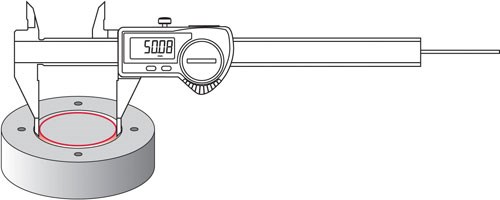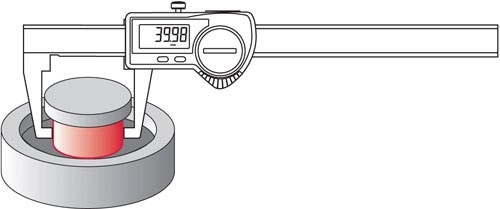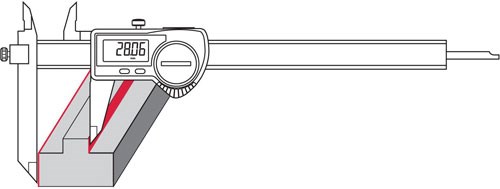“Stylin’” with Your Caliper
The basic caliper is often used for length/diameter measurements, but other caliper styles extend the tool’s advantages to special measurement applications.
Share



Hwacheon Machinery America, Inc.
Featured Content
View More


Autodesk, Inc.
Featured Content
View More.png;maxWidth=45)
DMG MORI - Cincinnati
Featured Content
View More







Even the most basic hand-measuring tool can be adapted to special-application requirements. Choosing an appropriate style for your application will help you measure faster and more accurately. Each style, however, has unique requirements for care and use. If you’re going to measure with style, make sure you know how to do it properly.
Read Next
Registration Now Open for the Precision Machining Technology Show (PMTS) 2025
The precision machining industry’s premier event returns to Cleveland, OH, April 1-3.
Read MoreSetting Up the Building Blocks for a Digital Factory
Woodward Inc. spent over a year developing an API to connect machines to its digital factory. Caron Engineering’s MiConnect has cut most of this process while also granting the shop greater access to machine information.
Read MoreBuilding Out a Foundation for Student Machinists
Autodesk and Haas have teamed up to produce an introductory course for students that covers the basics of CAD, CAM and CNC while providing them with a portfolio part.
Read More


































.jpg;maxWidth=300;quality=90)





